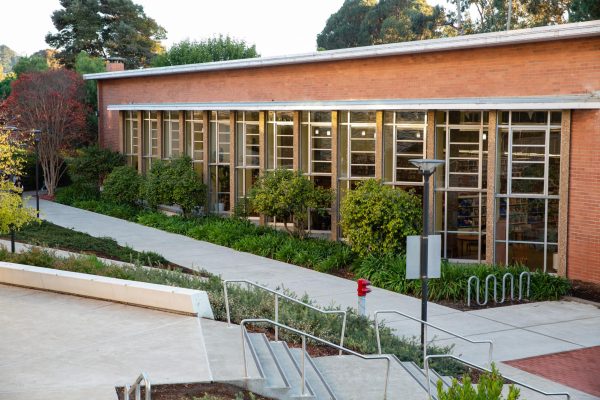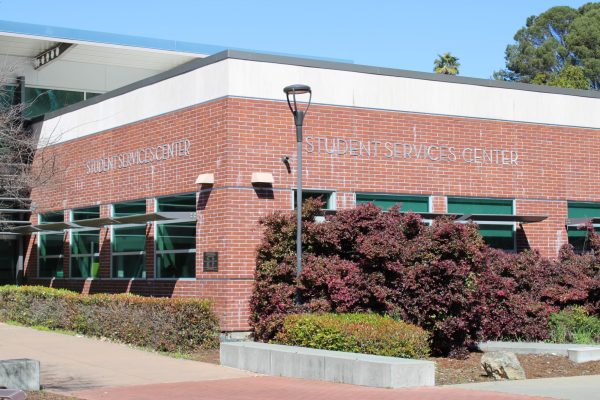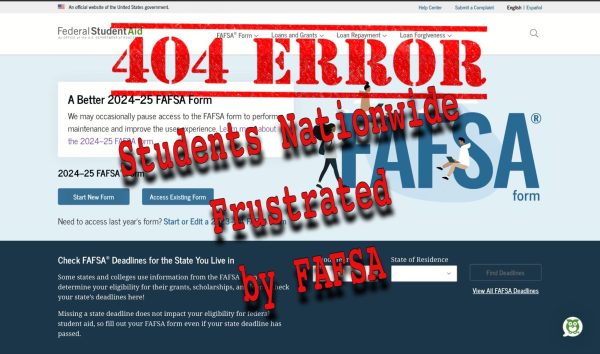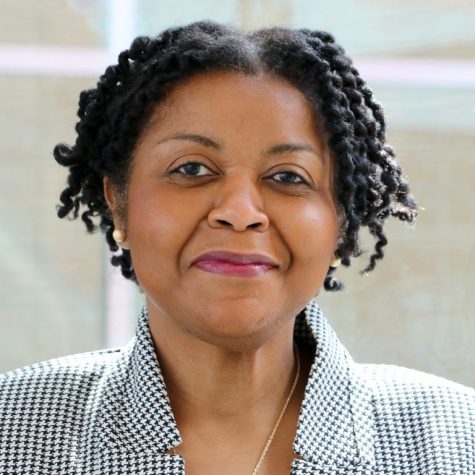Hayward Fault poses threat, need to prepare for crisis
Campus, district to create safety culture, establish disaster plan
October 21, 2016
To prepare for a disaster scenario on campus, a petition of about 50 signatures from faculty members who want to be a part of a community based training program was approved at the Safety Committee meeting on Friday.
Automotive department instructional assistant Jim Gardner said he started the petition because the campus does not have enough people with Community Emergency Response Team (CERT) certifications, despite its location directly on the Hayward Fault.
The Hayward Fault has the highest probability of causing a 6.7 temblor, or greater, according the United States Geological Service’s Earthquake Outlook for the San Francisco Bay Area 2014-2043 Report.
“Even though the district is working on its own preparedness plan, we need to have a community of people on campus who know what do in an emergency, how to prevent injuries and save lives,” Gardner said. “And that is possible through CERT training.”
Contra Costa Community College District Risk Management Director Herb Lester said he is working with safety committees throughout the district, and re-establishing campus drills, like the Great Shakeout on Thursday, to increase awareness about emergency preparedness.
Lester said the petition to take the CERT certifications signed by faculty will be brought to the next Operations Council meeting on Monday for discussion. He said while he supports the faculty in its plan to establish a CERT community.
He said the program is more community-based and is not intended for campuses. Lester said the district’s emergency plan will be ongoing, and working to improve policies and community involvement.
“That is the value of establishing a strong safety committee at each campus,” he said. “So people can have time to prepare for a catastrophic event like an earthquake near campus.” Gardner said Diablo Valley College and Los Medanos College have active safety committee like Contra Costa College’s. But, he said, safety committees alone are not enough to meet CCC’s seismic issues based on its location on the Hayward Fault. Police Services Lt. Tom Holt said each building on campus has its own rally point in specified parking lots.
“The signs are posted near the entrances of each building and let people know where they are supposed to go,” Lt. Holt said. “Once a month we do an evacuation drill in a certain building. In October we plan to have a drill in the Knox Center and the Gym Annex Building.”
And in the scenario that people have to rally on campus for a long period of time, Holt said the Gymnasium would be transformed into a community shelter with cots, food and emergency supplies.
“We could use the Gym as a shelter. If people want to remain on campus, we want to try to keep them comfortable with food and supplies. Most of the staff knows who to talk with to access a supply closet.”
He said the custodial department is responsible for checking up on the five emergency supply closets that are scattered in different buildings on campus. Buildings and Grounds Manager Bruce Kings said the new buildings do not have supply closets, but are stocked with defibrillators and fire extinguishers.
King said seismic retrofits, the amount of planning and the pace of the most recent construction project reflects the need to prepare for a possible temblor along the Hayward Fault. The campus is bisected by the main trace of the Hayward Fault in between the Student and Administration Building and the Gymnasium.
Contra Costa Community College District Facilities Planner Ray Pyle said because the campus lies within the Alquist-Priolo Zoning Act of 1974, most of CCC’s buildings have been torn down to build new facilities, or were seismically retrofitted. Out of the 22 buildings on campus, 18 are located within two parallel lines 2,000 feet on either side of the active fault. Pyle said this makes construction projects at CCC especially challenging, but are equally as necessary in terms of earthquake preparedness.
“The campus is split into three zones represented by colors based on prior seismic studies,” he said. “We can build in green zones, but yellow zones require seismic trenching to be turned into a green zone. We cannot change the status of a red zone. Those are no-build zones.”
College President Mojdeh Mehdizadeh said because of the Hayward Fault, projects can take nearly a decade to move from the vision to the completed building.
Mehdizadeh said one of the most efficient ways of preparing for an earthquake is to have buildings strong enough to withstand the possibility of violent shaking if the Hayward Fault shifts near campus.












